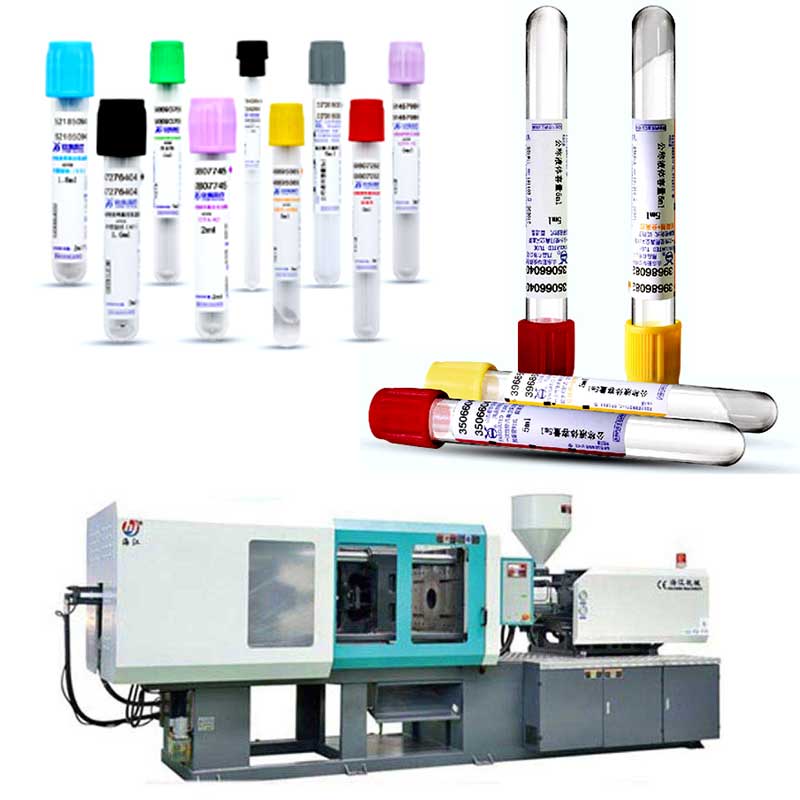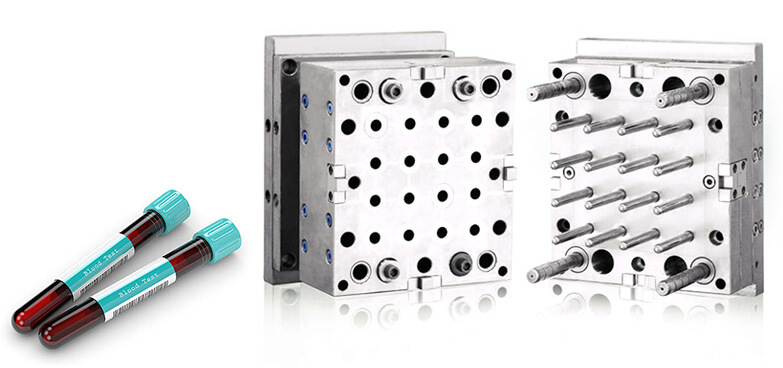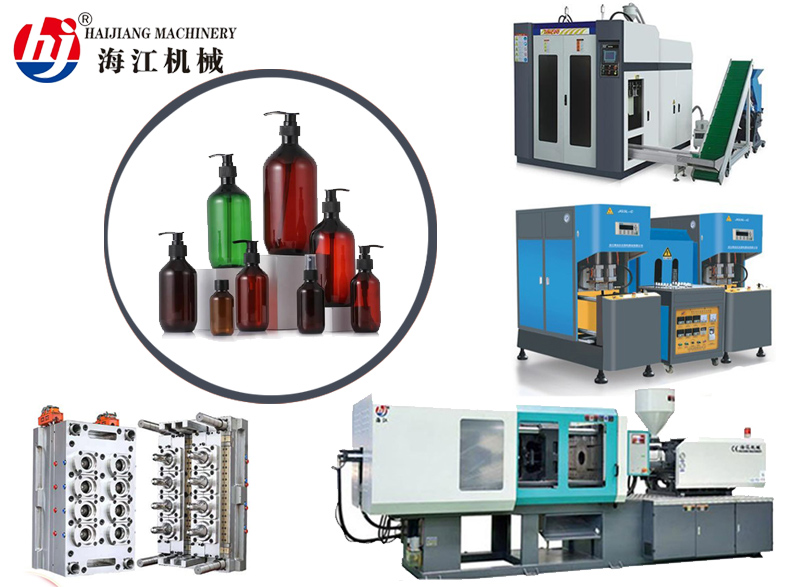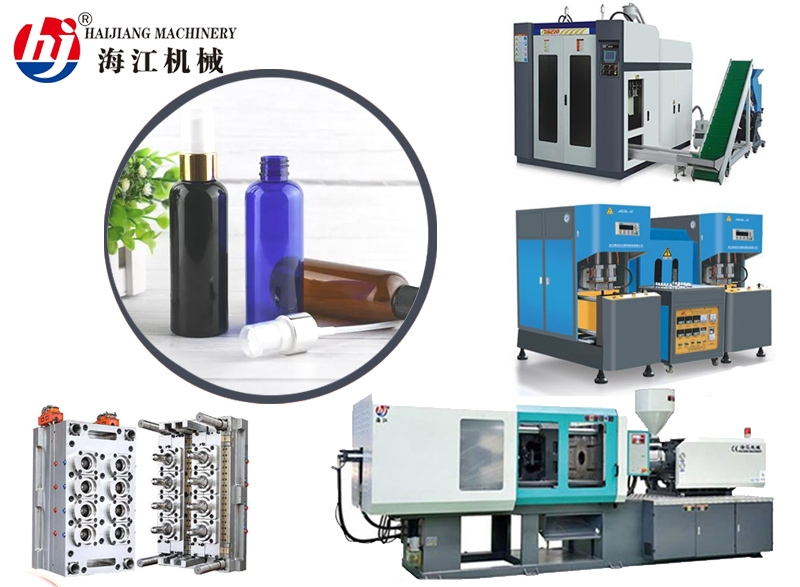what is a test tube clamp?

A test tube clamp is a laboratory tool used to hold a test tube or other small tube in place while it is being heated, cooled, or otherwise manipulated. It consists of a long, thin handle with a metal or plastic jaw at one end that can be opened and closed to securely grip the test tube. The clamp is typically used to hold the test tube over a bunsen burner or other heat source, or to hold it in place while it is being mixed or stirred. Some test tube clamps also have a rubber-coated jaw to protect the test tube from being damaged by the clamp. Test tube clamps are an essential piece of equipment in any laboratory setting and are commonly used in a variety of scientific and medical applications.

There are a few different ways to test a vacuum tube without using a dedicated tube tester. Here are a few options:
Substitution method: This involves replacing the suspected faulty tube with a known good tube and seeing if the problem persists. If the problem goes away, then the original tube is likely faulty.
Visual inspection: Carefully inspect the tube for any visible signs of damage, such as a broken filament or visible cracks.
Multimeter test: If you have a multimeter, you can perform a simple resistance test on the tube to see if it is functioning properly. To do this, set the multimeter to the resistance setting and touch one probe to the cathode (the negative terminal) and the other probe to the anode (the positive terminal). The resistance reading should be within the expected range for the type of tube you are testing.
Load test: If you have a load resistor and a power supply, you can perform a load test on the tube to see if it is functioning properly. To do this, connect the load resistor to the power supply and the tube to the load resistor. Slowly increase the power to the load resistor and observe the tube for any signs of malfunction, such as a dimming or flickering filament.
Keep in mind that these methods are not foolproof and may not detect all types of faults in a vacuum tube. For more accurate testing, it is generally best to use a dedicated tube tester.
how to clean api test tubes?
Here is a general process for cleaning API (Aerobic Plate Count) test tubes:
Rinse the test tubes thoroughly with tap water to remove any loose debris.
Fill the test tubes with a cleaning solution, such as a mixture of water and a mild detergent.
Agitate the test tubes to loosen any remaining dirt or debris.
Rinse the test tubes thoroughly with tap water to remove the cleaning solution.
Place the test tubes upside down on a clean, dry surface to air dry.
Alternatively, the test tubes can be dried using a lint-free cloth or paper towels. It is important to ensure that the test tubes are completely dry before using them for testing, as any residual moisture could interfere with the results.
It is also a good idea to sterilize the test tubes before use to ensure that they are free of any contaminants. This can be done using a steam autoclave or by dipping the test tubes in a solution of 70% ethanol for at least 1 minute.





